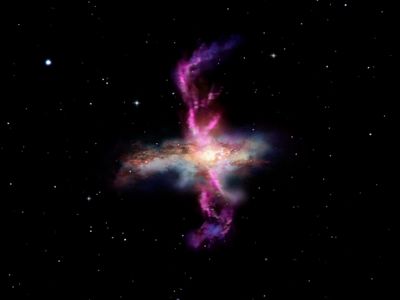 Mass outflows driven by stars and active galactic nuclei are a key element in many current models of galaxy evolution. They may produce the observed black hole-galaxy mass relation and regulate and quench both star formation in the host galaxy and black hole accretion. However, observational evidence of such feedback processes through outflows of the bulk of the star forming molecular gas is still scarce. Here we report the detection of massive molecular outflows, traced by the hydroxyl molecule (OH), in far-infrared spectra of ULIRGs obtained with Herschel-PACS as part of the SHINING key project. In some of these objects the (terminal) outflow velocities exceed 1000 km/s, and their outflow rates (up to ~1200 M_sol/yr) are several times larger than their star formation rates. We compare the outflow signatures in different types of ULIRGs and in starburst galaxies to address the issue of the energy source (AGN or starburst) of these outflows. We report preliminary evidence that ULIRGs with a higher AGN luminosity (and higher AGN contribution to L_IR) have higher terminal velocities and shorter gas depletion time scales. The outflows in the observed ULIRGs are able to expel the cold gas reservoirs from the centres of these objects within ~1E6-1E8 years.
See the website for more details. http://arxiv.org/abs/1105.1731 (SY) |
